Rwanda Genocide – A story of survival
This was one of the most brutal Genocides in history. Several factors were responsible. Our guide told us that one of the most defining was during the Belgian colonization, when the different tribes, who were either Tutsi or Hutu were categorized.
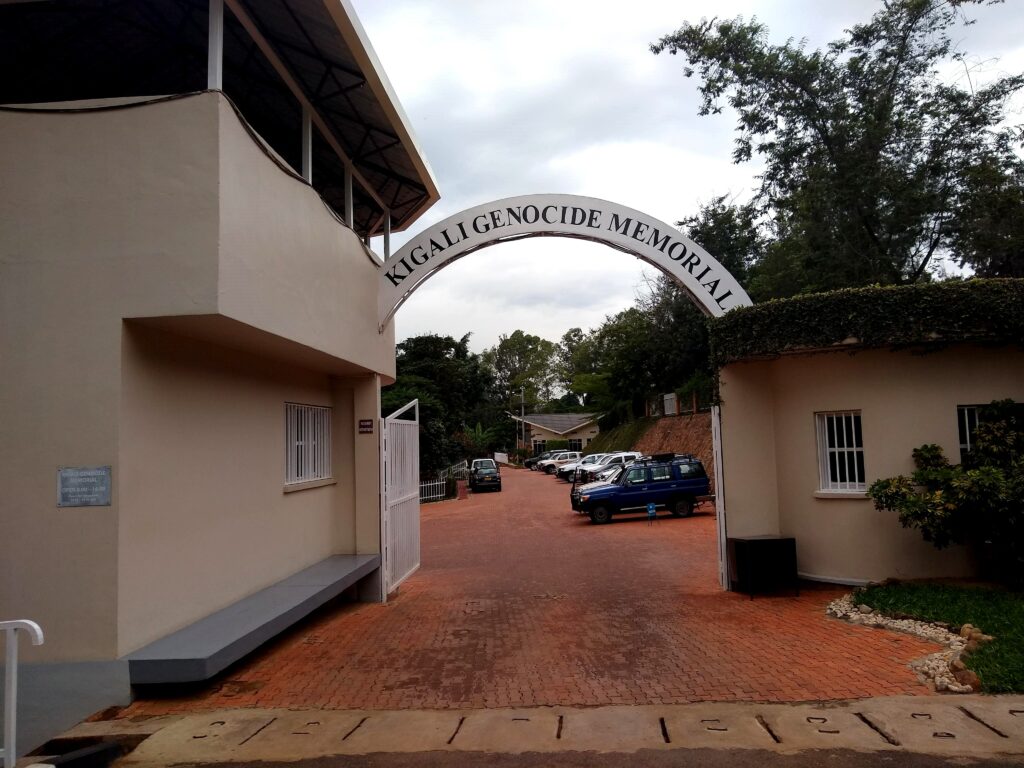
This had never happened before. This already set discontent in motion. The other defining moment and what led up to the atrocities happened on the 6th April 1994 with the assassination of President Juvénal Habyarimana and the Burndian President Cynthia Ntaryamira who were both Hutu. A surface to air missile brought their plane down as it was preparing to land at Kigali airport. It was not clear who was responsible but the two suspects were either the Rwandan Patriotic Force or Hutu Extremists.
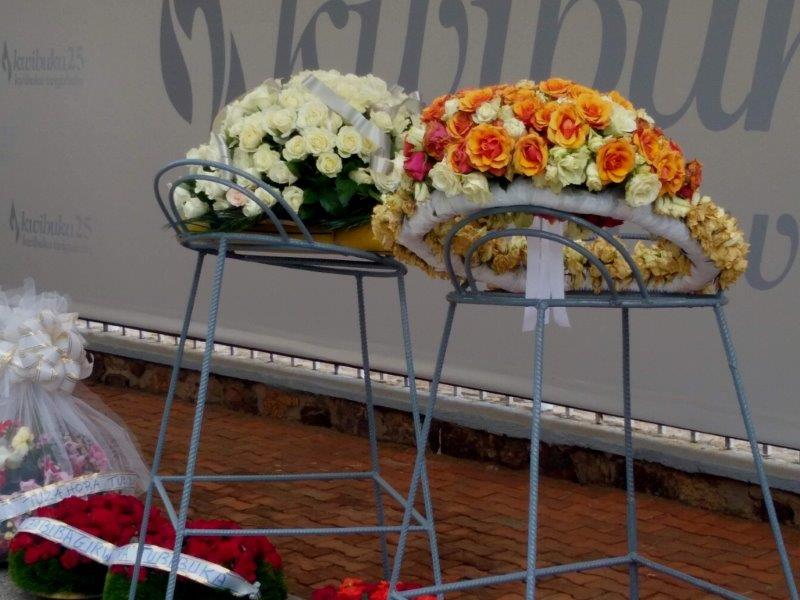
Either way there was no stopping what was going to happen starting that very day and lasting for 3 months. Hutu basically turned against Tutsi, neighbours against neighbours and friends against friends. They used anything at their disposal, intimidation, guns, machetes and fire. Within 3 months anything between 800,000 to 1 million people had been killed. The events are well documented at the Kigali Genocide museum. I spent 3 hours here. The most poignant was the children’s room. (you can’t take pics). It gives a brief history of the child, how he/she was killed and especially awful what the child’s favourite food was. One child had chips listed.
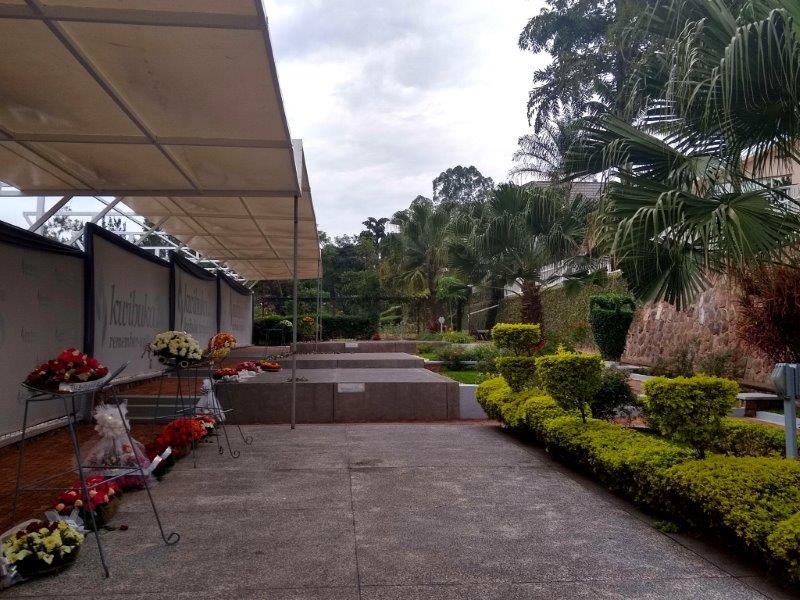
The genocide museum is a beautiful building. You will have to pay for the audio which was quite expensive at $25 but well worth it. Outside the museum you will find the graves of hundreds of thousands of people and a wall with the names of the victims.
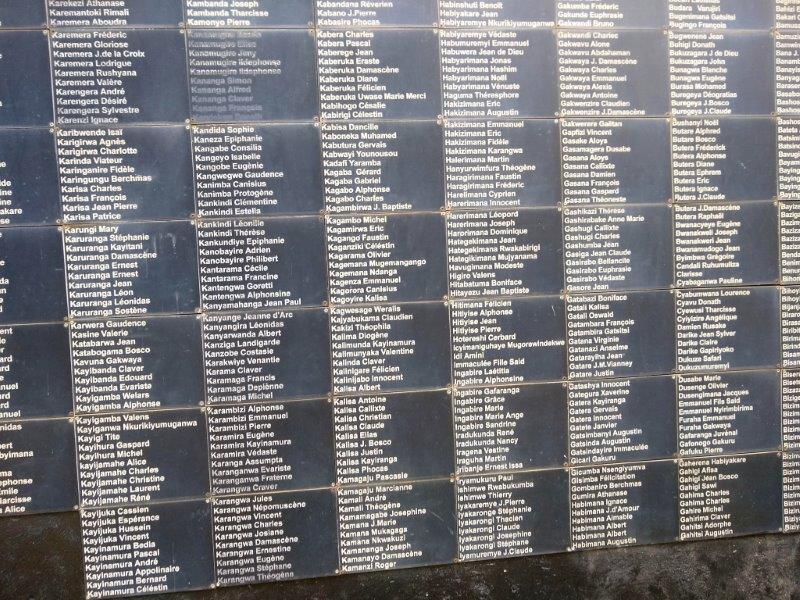
You will also find the flame. It is lit every year on the 6th April and will burn for exactly 100 days which was how long the genocide lasted.
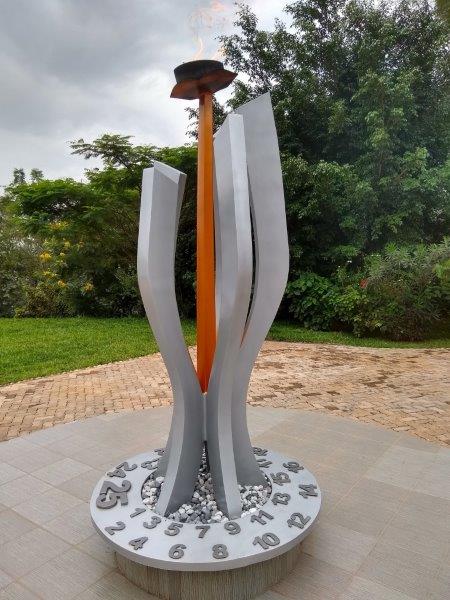
Today Rwanda has no categorization for its citizens. They are all simply Rwandans.
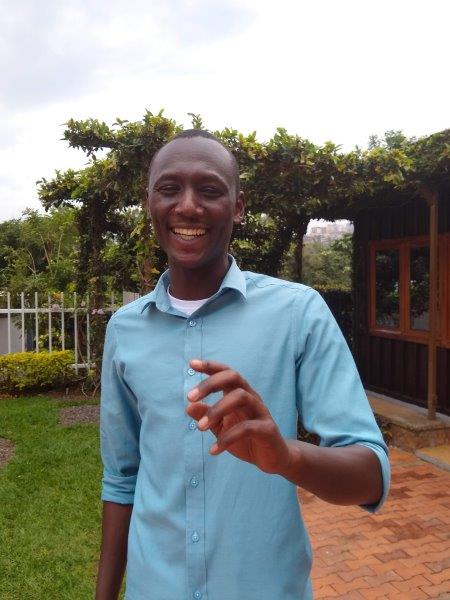
When i left Rwanda I heard what was probably the most touching and beautiful story I had ever heard from my taxi driver. He had been 5 when the hostilities started. His whole family had been slaughtered. Alone and crying in the street a Hutu woman found him. Knowing what her fate would be for hiding a tutsi child she bundled him up and put him on her back to resemble goods and left her house with him in the middle of the night. There were checkpoints and at each one she was asked where she was heading. Her reply “to see my husband”. Eventually she reached a church where she thought he would be safe. Unfortunately this was not always the case as many priests were in cohorts with the Hutu and would turn them in. Fortunately in this case he remained safe until the end of the war. The Hutu woman then came back and took him, raised him and he became part of her family. He explained to me that the government encourage people to meet their killers. The idea is so that the victims can hear the perpetrators apologize and move on with their lives. I asked if he was still bitter. He said he did not want to waste the rest of his life with it and was able to move on. He even found an aunt who had survived. Finally he said that he is now married with a baby and is too busy making new and beautiful memories with his own family to be haunted by the past. I never got his name.

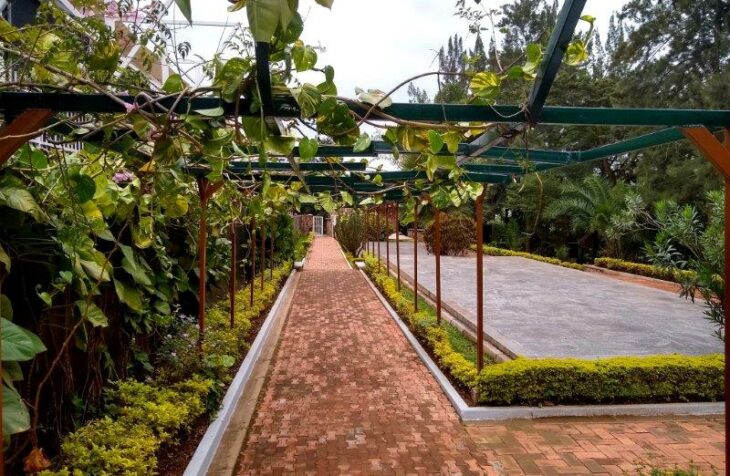
 Tiny Teddy
Tiny Teddy